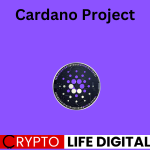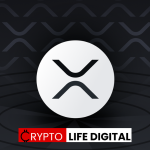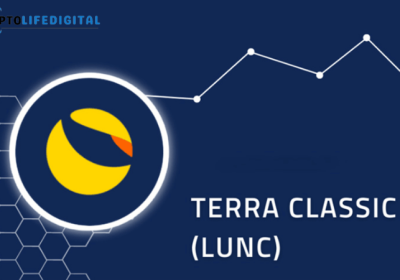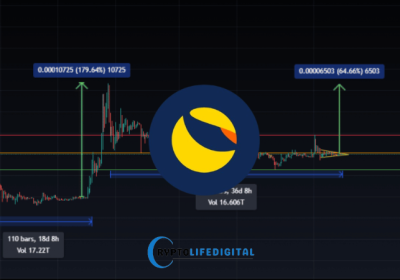LUNC’s Ambitious Road to $1: Terraport Finance Proposes a Supply Burn Strategy
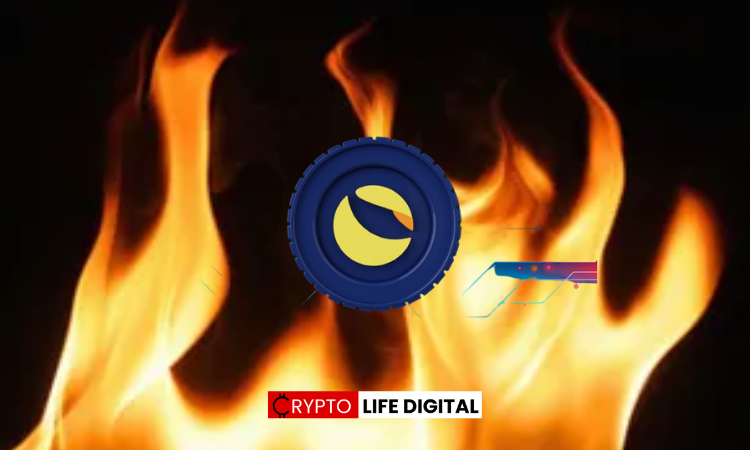
In a recent tweet, Terraport Finance has put forth a bold proposition for LUNC, emphasizing the need to burn at least 50% of the supply to achieve the coveted $1 goal. This announcement has stirred the cryptocurrency community, prompting a closer look at the mechanics and potential implications of such a strategy. In this article, we will delve into the details of the proposed supply burn and explore how it could pave the way for LUNC’s journey to $1.
Read Also: Cardano (ADA) Nears New Heights: Analyst Predicts $0.78 Following Recent Rally
https://twitter.com/TerraValidators/status/1740265884789444675
Understanding Supply Burning
Supply burning, a common practice in the cryptocurrency space, involves permanently removing a portion of a token’s circulating supply. The primary goal is often to create scarcity, potentially leading to increased demand and, subsequently, a rise in the token’s value. In the case of LUNC, Terraport Finance seems to view this as a crucial step toward reaching the $1 milestone.
Read Also: Shiba Inu’s Soaring Outlook: Shibarium, Burns, and Whales Propel SHIB to New Heights
Challenges and Considerations
- Technical Implementation: Achieving a supply burn of 50% is no small feat and requires careful technical planning. Developers will need to execute a smart contract that irreversibly removes the specified percentage of tokens from circulation.
- Community Consensus: The success of any supply burn initiative relies heavily on community support. LUNC holders must be on board with the proposal, understanding the potential benefits and risks associated with such a significant alteration to the token’s ecosystem.
- Transparency and Communication: Open and transparent communication from the LUNC development team is paramount. Providing a clear roadmap, addressing concerns, and keeping the community informed about the progress of the supply burn will foster trust and confidence among stakeholders.
- Regulatory Compliance: It’s essential to ensure that the proposed supply burn aligns with existing regulatory frameworks. Legal considerations must be taken into account to avoid any potential legal challenges that could hinder LUNC’s progress.
Potential Benefits of the Supply Burn
- Scarcity and Demand: The reduction in circulating supply could create a sense of scarcity, potentially driving up demand for LUNC. As the token becomes rarer, investors might be more inclined to acquire and hold, contributing to upward price pressure.
- Price Stability: With a reduced supply, LUNC may experience greater price stability. This could attract a broader range of investors, including those looking for a more stable investment opportunity within the volatile cryptocurrency market.
- Market Perception: A successful supply burn could positively impact LUNC’s market perception. Investors and enthusiasts may view the initiative as a commitment to the token’s long-term value, instilling confidence in the project.
Terraport Finance’s proposal to burn 50% of LUNC’s supply as a strategy to reach the $1 goal is a bold move that, if executed successfully, could reshape the token’s dynamics. However, the journey to a supply burn is fraught with technical, community, and regulatory challenges. LUNC’s development team must navigate these obstacles carefully, prioritizing transparency and communication to ensure the support of its community. If successful, this supply burn could mark a significant turning point for LUNC on its path to achieving its ambitious price target.
Follow us on Twitter, Facebook, Telegram, and Google News

Dr. Olajide Samuel juggles the demands of medical studies with a passion for cryptocurrency. A seasoned blogger, Olajide shares his vast global knowledge of the crypto space, offering insights to enthusiasts. Despite his busy schedule, his commitment to crypto remains strong, and he actively seeks ways to contribute to its future.



